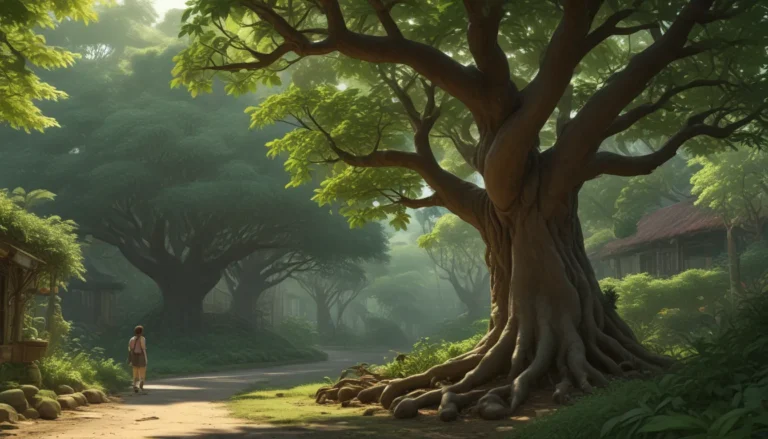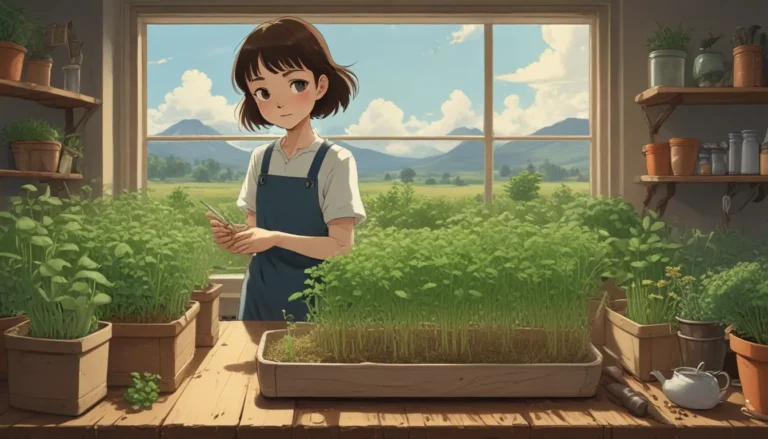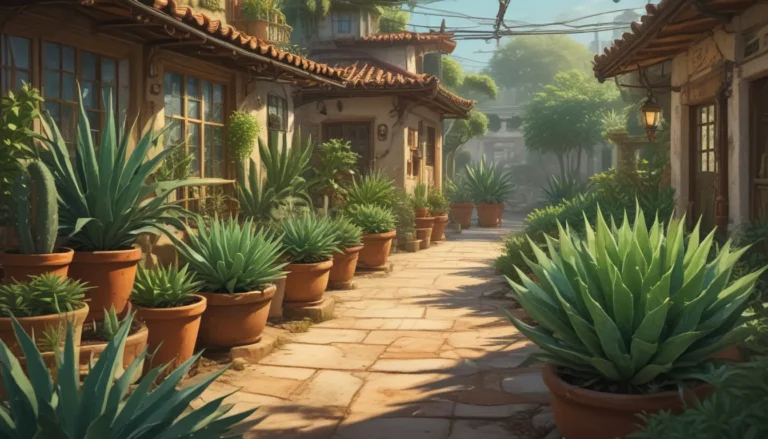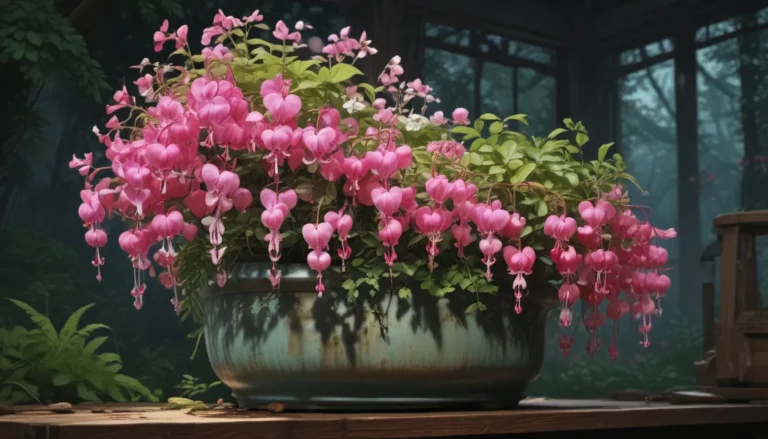Why Is My Jasmine Plant Dropping Leaves?
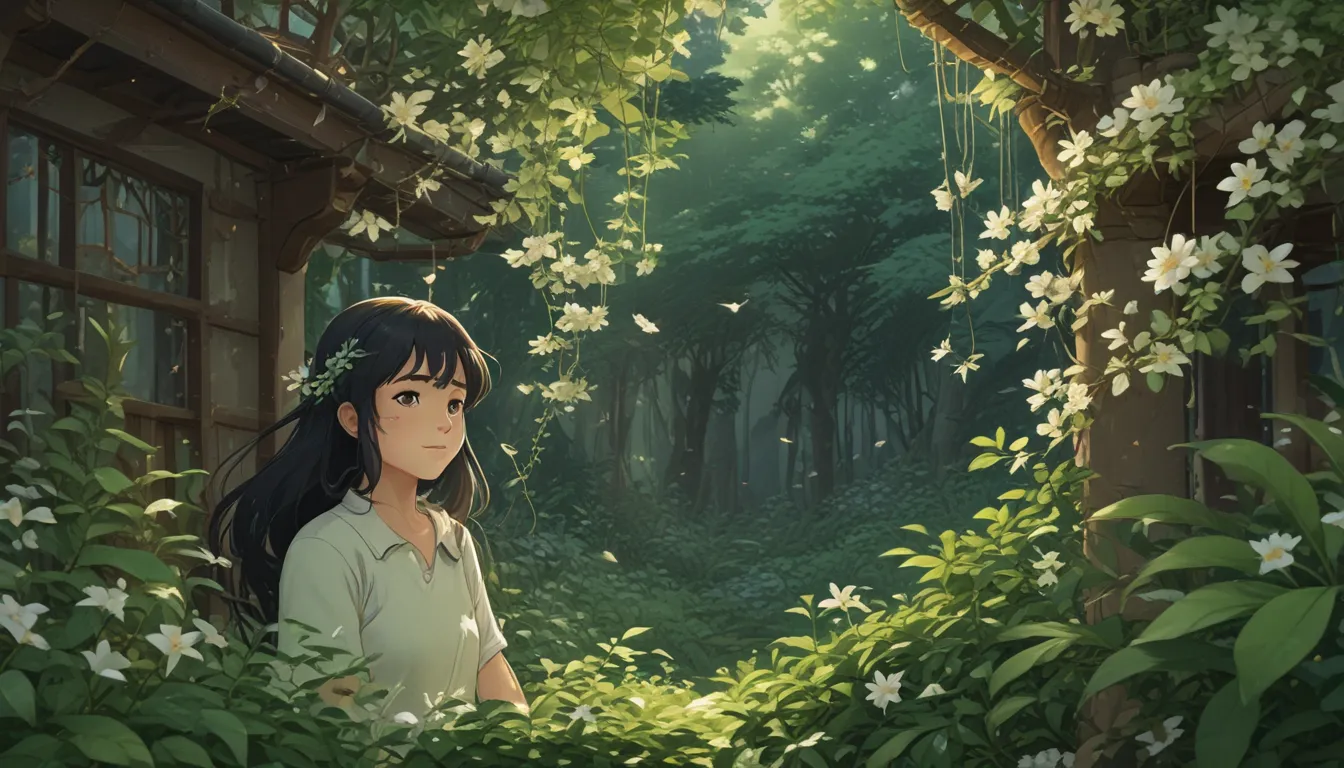
Jasmine plants are undeniably enchanting. They boast delicate white flowers that drape over vines like a blanket of stars, emanating a mesmerizing scent that captivates our senses. The allure of jasmine is evident in the way it is used in perfumes, candles, and soaps, compelling us to bring this magical plant into our homes.
However, when the leaves of a jasmine plant begin to fall, it is a clear indication that something is awry. Leaf drop not only affects the aesthetic appeal of the plant but can also signify underlying issues that may potentially threaten the health and vitality of your jasmine.
In this comprehensive guide, we will delve into the seven common causes of leaf drop in jasmine plants. Each cause will be explored in detail, along with guidance on how to identify the issue and steps to rectify the problem effectively.
7 Common Causes of Leaf Drop in Jasmine
- Inappropriate Moisture Levels
- Leaf Blight
- Low Light
- Phytophthora Rot
- Scale
- Too Much Nitrogen
- Wilt or Root Rot
While it is natural for plants to shed leaves as part of their life cycle, persistent leaf drop can indicate an underlying problem that requires attention. Let’s explore each of the common causes of leaf drop in jasmine plants to help you troubleshoot and address the issue effectively.
1. Inappropriate Moisture Levels
Inconsistent moisture levels can lead to leaf drop in jasmine plants. Excessively wet or dry soil conditions can stress the plant, causing foliage to wither and fall. It is essential to strike a balance in watering practices to ensure optimal soil moisture levels.
- If the leaves appear crisp and yellow, it is likely due to overwatering.
- Soggy brown or yellow leaves are indicative of excessive moisture in the soil.
- Adjust your watering schedule to allow the top inch of soil to dry out before rewatering.
2. Leaf Blight
Leaf blight is a fungal disease that can cause necrotic spots on jasmine leaves, ultimately leading to leaf drop. Treatment with copper fungicide can effectively combat the disease and restore the health of the plant. Regular application of fungicidal treatments is recommended to prevent the spread of leaf blight.
- Consider using a reliable copper fungicide, such as Bonide Copper Fungicide, to protect your jasmine plants.
- Ensure thorough coverage of both the top and bottom of leaves, as well as the stems, during application.
3. Low Light
Insufficient light exposure can trigger leaf drop in jasmine plants. Inadequate light inhibits the plant’s ability to photosynthesize efficiently, resulting in the shedding of leaves. Providing adequate sunlight exposure is crucial for maintaining the health and vigor of jasmine plants.
- Most jasmine species require full to partial sun with six to eight hours of daily exposure.
- Monitor the color and condition of the remaining foliage to assess the impact of low light levels.
4. Phytophthora Rot
While Phytophthora root rot is rare in jasmine plants, it can cause irreversible damage if left untreated. This fungal disease infects the roots, leading to wilting and leaf drop. Implementing preventive measures, such as ensuring proper drainage and watering practices, can help protect jasmine plants from Phytophthora rot.
- Consider using biofungicides, such as Mycostop, to combat Phytophthora root rot effectively.
- Monitor the health of your jasmine plants regularly to detect early signs of root rot and initiate timely treatment.
5. Scale Infestation
Scale insects can infest jasmine plants, feeding on sap and causing leaf drop. Identifying and managing scale infestations promptly is crucial to prevent further damage to the plant. Look out for characteristic signs of scale infestation, such as yellowing leaves and the presence of honeydew or sooty mold.
- Implement integrated pest management strategies to control scale infestations and restore the health of jasmine plants.
- Maintain a balanced garden ecosystem to encourage natural predators that feed on scales, limiting their proliferation.
6. Excess Nitrogen
Overfertilization with nitrogen-rich fertilizers can induce leaf drop in jasmine plants. It is essential to conduct soil tests regularly to determine the nutrient levels and avoid unnecessary addition of nitrogen. Monitor the appearance of leaves for signs of dark coloration and abnormal growth, which could indicate excess nitrogen content.
- Test the soil before applying fertilizers to prevent nitrogen-induced leaf drop.
- Adjust watering practices to flush out excess nitrogen from the soil and promote healthy growth in jasmine plants.
7. Wilt or Root Rot
Fusarium wilt and root rot can cause wilting and leaf drop in jasmine plants, signifying underlying fungal infections. Prompt identification and treatment of these diseases are crucial to prevent irreversible damage to the plant. Regularly inspect the roots for signs of decay and implement appropriate management practices to combat wilt and root rot effectively.
- Utilize fungicidal treatments, such as Mycostop, to control fungal infections and preserve the health of jasmine plants.
- Monitor the overall condition of the plant and address any symptoms of wilting or leaf drop promptly.
Restoring the Beauty of Jasmine Plants
Jasmine plants, with their exquisite blossoms and glossy foliage, are a sight to behold when in full bloom. However, persistent leaf drop can detract from their beauty and vitality. By identifying the underlying causes of leaf drop and implementing targeted solutions, you can restore the health and vigor of your jasmine plants.
Share your experiences and strategies for addressing leaf drop in jasmine plants in the comments. Together, we can cultivate thriving and resilient jasmine gardens.
Explore our other informative guides on jasmine plants to enhance your gardening knowledge:
- How to Plant and Grow Jasmine
- Preparing Jasmine Plants for Cold Weather
- Popular Types of Jasmine Vines and Shrubs
By addressing the root causes of leaf drop in jasmine plants, you can enjoy the lush foliage and enchanting blooms that characterize these captivating plants. Stay tuned for more expert tips and insights on nurturing your garden and fostering a thriving plant ecosystem. Let’s embark on a journey of discovery and growth together in your garden oasis.
